Infa-Caps are similar to regular Electro-Caps but available in smaller sizes to fit newborn infants. Infa-Cap is made of elastic spandex-type fabric and comes with tin electrodes attached to the fabric. Different Infa-Cap sizes available. One Infa-Cap per pack.
Infa-Caps from ECI (Electro-Cap International) are similar to Electro-Caps and are also made of elastic spandex-type fabric and come pre-equipped with recessed, pure tin electrodes attached to the fabric.
Infa-Caps come in different sizes and will fit newborn babies to babies; from ages of 9 to 12 months. Infa-Cap I has International 10-20 electrode placements. Standard Infa-Caps II and III have abbreviated electrode placements consisting of F1, F2, C3, C4, 01,02, T3, T4, Cz and ground. Infa-Cap III can be used for recording premature babies by using E6 Disposable Sponge Disks on all of the electrodes.
Infa-Caps and Electro-Caps are used in a variety of different applications including EEG for LTM (Long-Term Monitoring), PSG (Polysomnography), Ambulatory, Telemetry, and even animal research.
One Infa-Cap per pack.
Application note
- Connect the Infa-Cap to the electrode board adapter.
- Place the body harness around the chest and under the armpits of the subject.
- Fasten the velcro straps together making sure the straps are in front and centered on the chest.
- Measured the circumference of the head with a special color code tap measure, one inch above the nasion and one inch above the inion. The color-coded tape will indicate the color of the proper cap size.
- Clip the earclip electrode to the subject’s earlobe.
- Using a syringe, inject a small amount of Electro-Gel into the disc cavity of the earclip electrodes. Rock the syringe back and forth using moderate pressure. This will abrade the skin and lower the impedance.
- To ensure proper placement of the electrodes, measure the distance of the nasion and inion to calculate the location of Fpz (10% of the distance between nasion and inion) and mark the location with a marking pen.
- Measure the circumference of the subject’s head to determine the location of the Fp1 and Fp2 (5% of the circumference left and right of Fpz and mark these locations with a marking pen.
- Place sponge disks over the Fp1 and Fp2 marks. These will absorb perspiration and reduce motion to the electrodes.
- Place the Infa-Cap on the subject’s head.
- Set the Fp1 and Fp2 into the sponge disks on the forehead.
- Continue to work the Infa-Cap on from front to back until it is tight on the head.
- Secure the cap straps to the body harness by crisscrossing straps and snapping them into place.
- Double-check that the straps have been pulled tight and secured. This will reduce movement artefacts during the EEG examination.
- Work each electrode onto the scalp to move excess hair from beneath the electrode mount. Make sure the Infa-Cap is centered on the head and fits properly.
- Connect all electrodes to your biosignal amplifier.
- Fill the syringe with 3-4cc of Electro-Gel.
- Place two fingers on the electrode holder and with the syringe, inject Electro-Gel while rocking the syringe back and forth using moderate pressure until a small amount of gel comes out of the hole. Wipe off the excess gel from the electrode.
- Check the impedances and ensure impedances are below 3 kOhms. If the impedance reads above 3 kOhms, the electrode must be refilled and the scalp re-abraded until the impedances improve. If the impedances stay above 3 kOhms, use a Quick Insert electrode which will bypass the electrode on the Electrode Board Adapter.
- Start the EEG recording.
-
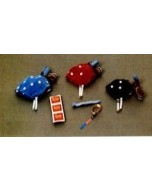 Electro-Cap (ECI) Infant System Kit$1,248.00
Electro-Cap (ECI) Infant System Kit$1,248.00 -
 Electro-Cap (ECI) System I Kit$798.00
Electro-Cap (ECI) System I Kit$798.00 -
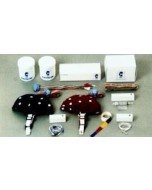 Electro-Cap (ECI) System II Kit$1,305.60
Electro-Cap (ECI) System II Kit$1,305.60 -
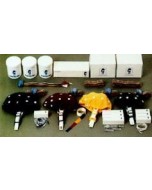 Electro-Cap (ECI) System III Kit$2,313.60
Electro-Cap (ECI) System III Kit$2,313.60

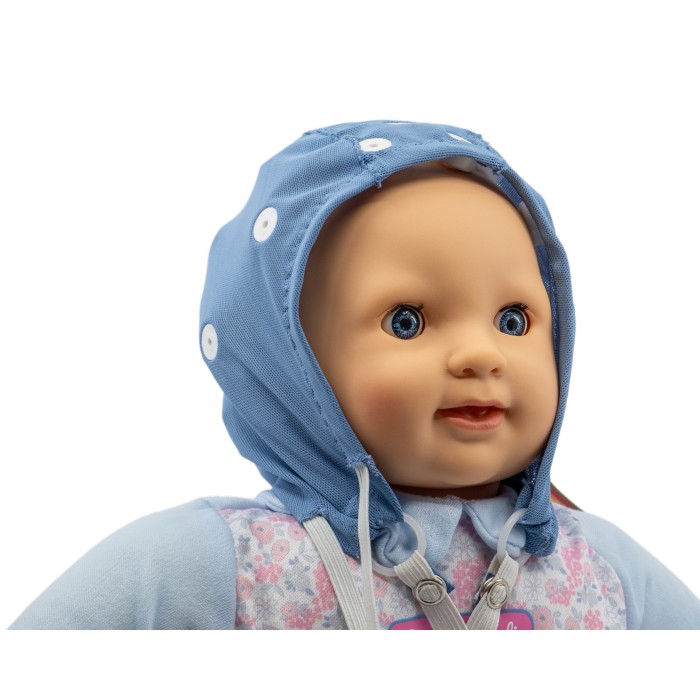

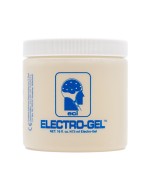
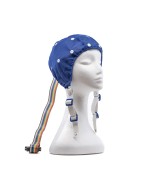
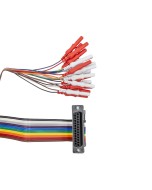
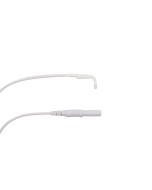
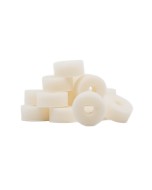
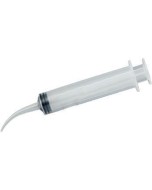
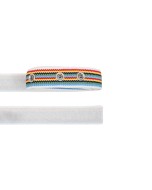
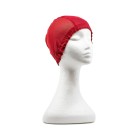
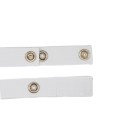
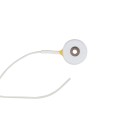


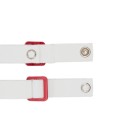
 Australia & New Zealand
Australia & New Zealand  Canada
Canada  European Union (EU)
European Union (EU)  France
France  Germany
Germany  Japan
Japan  Switzerland
Switzerland  USA
USA  International
International